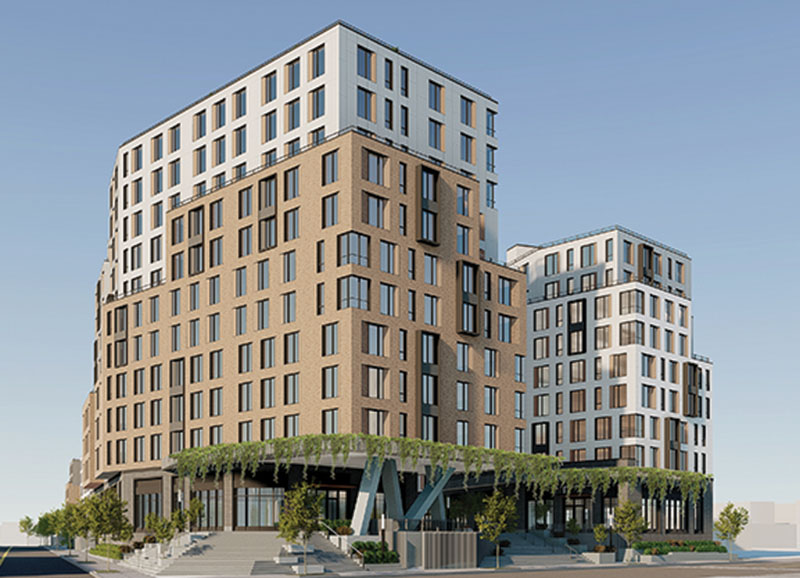


New York, NY The New York Real Estate Journal (NYREJ) recently sat down with Walter Marin, NCARB, senior principal at Marin Architects, for a question and answer session.
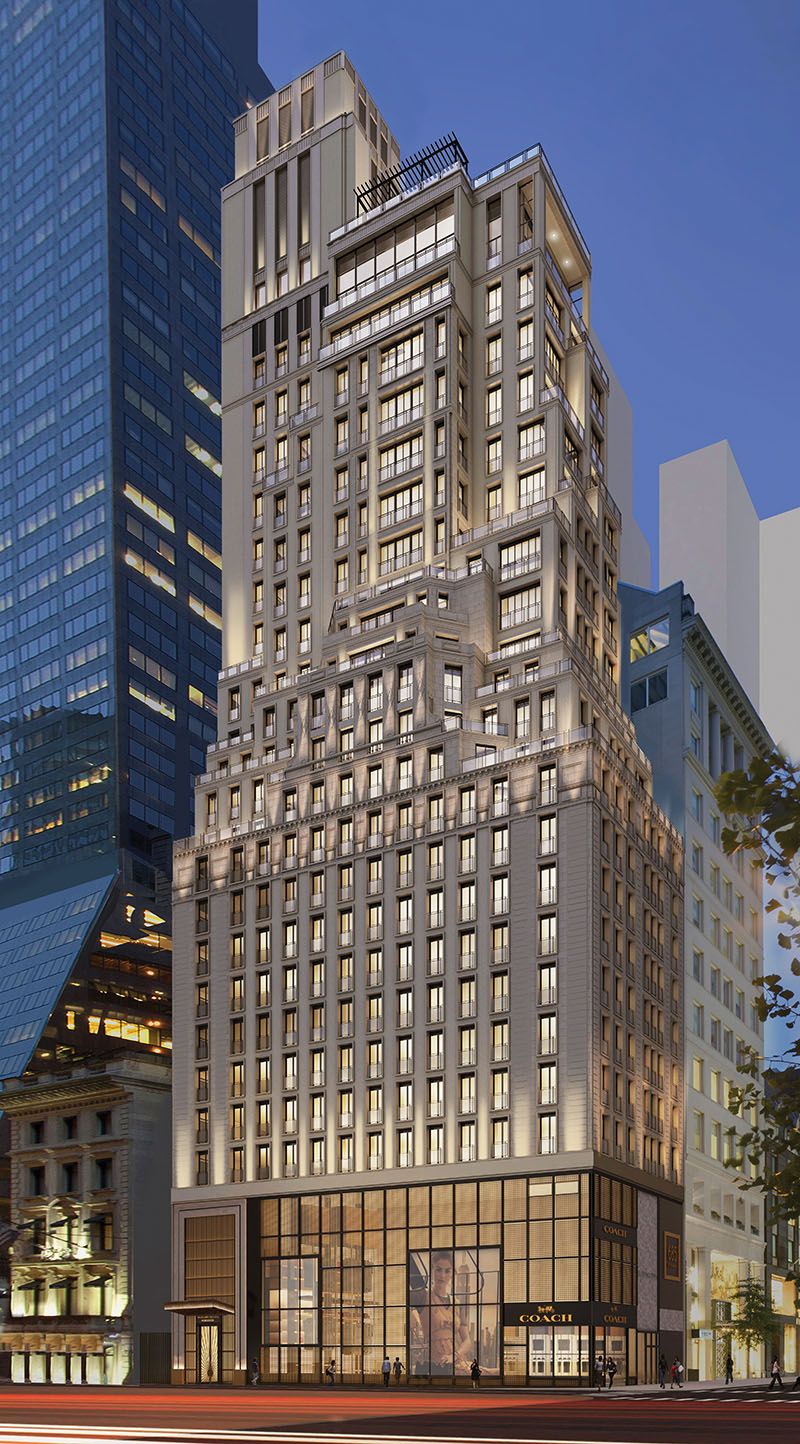
NYREJ: How did you get your start in the architecture and design field?
Marin: I’ve found that becoming an architect is not something you decide one day, it is something you evolve into over years of training, practice, and application. In this field, there are layers that one has to go through. Growing up with a father who was a carpenter was very influential for me; I always had a passion for creative pursuits. There is, of course, a big difference between the building of significant structures and carpentry, and my personal growth into a designer was gradual. At 13, I discovered the word “architecture” when I met two practicing architects, which got me thinking about the profession. At first, I thought more about simply putting a building together, and gradually I started learning how to become a designer in this space. A young architect has to learn these skills over many years of practice. The reality of this work is that it takes many years to become a true architect and designer.
NYREJ: What is your vision for the future of Marin Architects? Where do you see the firm in five years? 10 years?
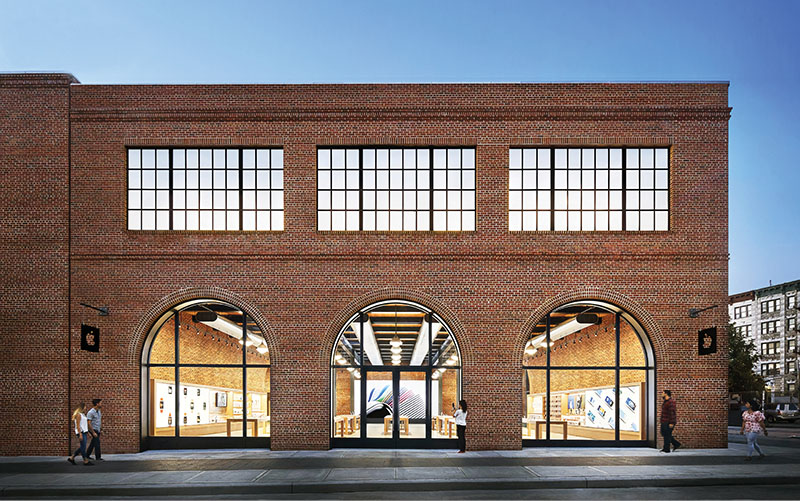
Marin: This ties into the evolution of the firm. Over the last ten years, we’ve been listed primarily as the Architect of Record on many projects across the city, which is the architect that takes on the legal responsibility of the project and authors the documents that build the structures. However, they are not always responsible for the design. Our ultimate goal for the next five to ten years is for Marin Architects to be recognized nationally as a design studio, rather than the Architect of Record. We are proud to have a highly talented team that is fully engaged and committed to this vision and wish to grow even further into the field of design.
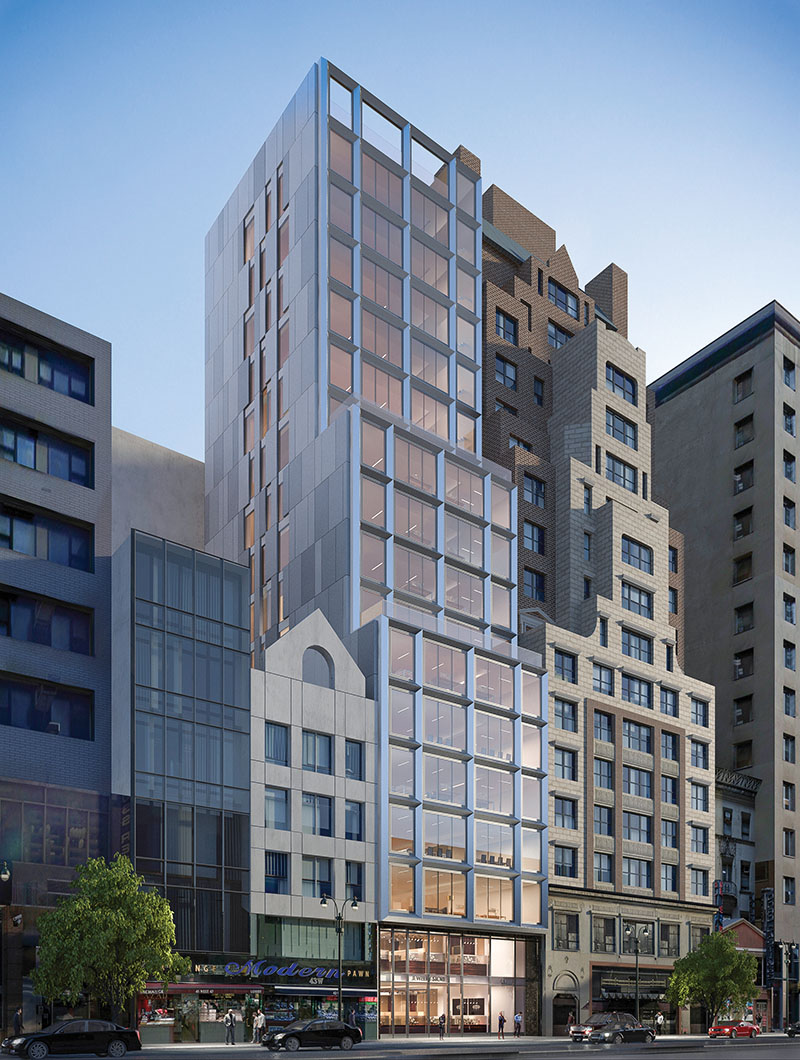
NYREJ: What do you think are the biggest opportunities for Marin Architects in the New York market?
Marin: In light of the pandemic, a significant portion of the New York City community is retreating for safer havens, but we are confident this is only temporary. Because of this, we are actively encouraging our clients to start projects now – projects started today won’t go to market until two years from now. This puts these clients ahead of the curve. New York City is resilient. We all know this. There’s just something about getting bagels at 2:00 a.m. that draws everyone back here! For families and young people, the convenience is a huge benefit. Though it might seem bleak, the pandemic will end, and forward thinkers who are embarking on new building projects now will be ready when it does.
NYREJ: What, in your mind, are some of the most important challenges facing the real estate and construction sectors at the moment?
Marin: The real estate and construction sectors are feeling the impact of the temporary loss of city-dwellers at this time. I often find myself reflecting on our experiences in 2001 to put this in perspective. We had just started construction on a store two blocks north of the World Trade Center, and were designing the commercial space on the ground floor of a Sixth Ave.apartment building nearby when 9/11 happened. After the tragic event, the apartments were far from a desired location. Two years later, these units were massive commodities, and now are worth a fortune. This speaks to the particular staying power of New York City, even in light of setbacks. Within the next two years, people will be returning to the city and while the market will have adjusted to a “new normal,” it will be an enhanced and more resilient one.


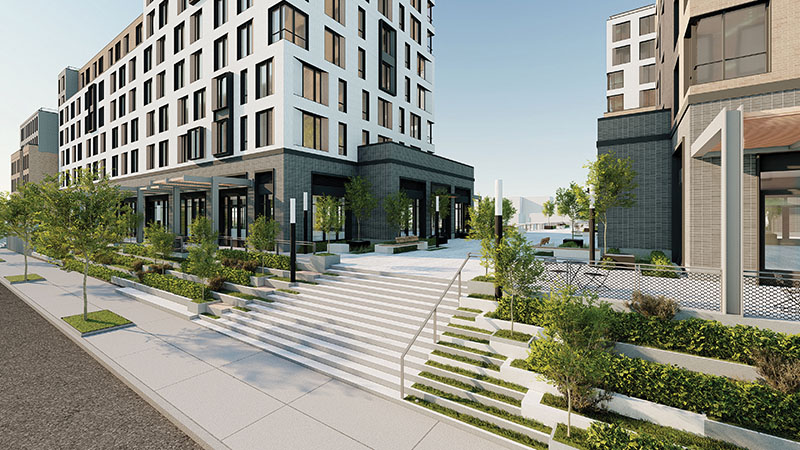
NYREJ: Are there any projects that you are particularly excited about right now?
Marin: We’ve been working on a new development on Beach 62nd St. in Queens (pictured above) which has required us to think critically about how city developments must be reworked in response to natural disasters. The project comprises 700 residential units in an area that would normally be a disaster zone if another Hurricane Sandy were to hit. Now, the design is all about resiliency, and every design decision is made to ensure that these buildings will survive. This is yet another example of how New York City always bounces back.
We also have a number of exciting projects in the pipeline that we haven’t been able to announce just yet—stay tuned!